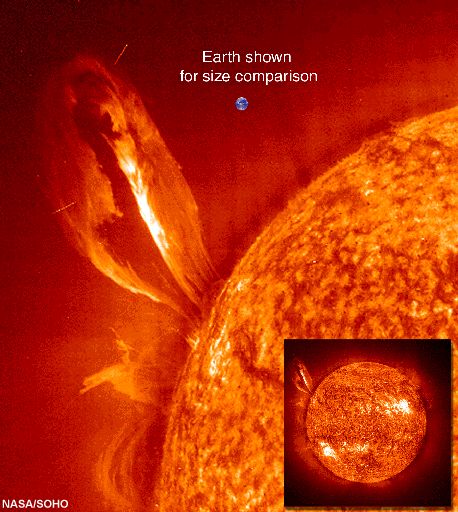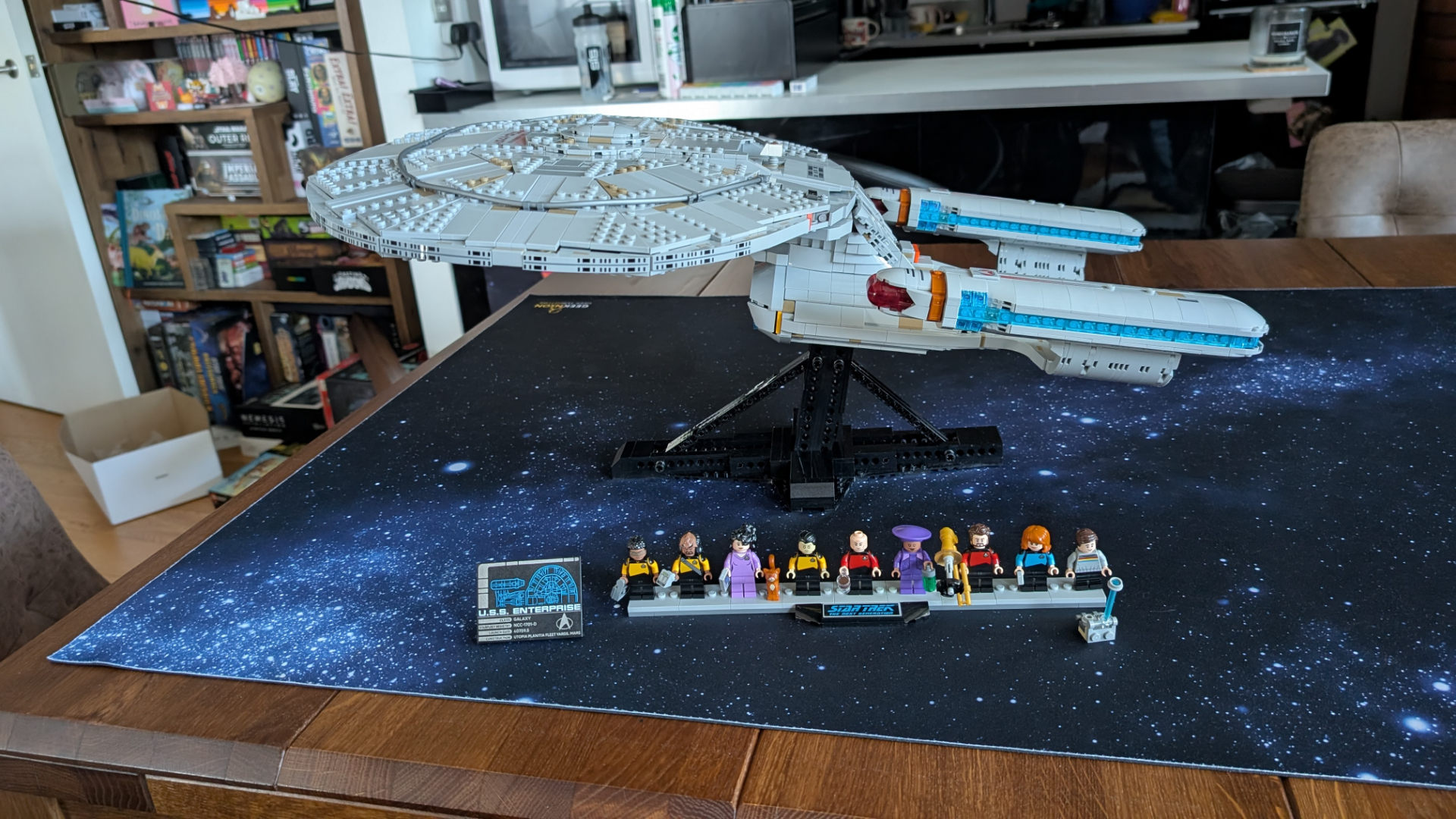Getting a Grip on Antimatter

Research into what separates matter from antimatter is accelerating in particle physics experiments around the world. Scientists are hoping the difference will help explain why you, me and all the things around us are made of matter instead of its opposite.
Shortly after the Big Bang theoretically kicked off everything, the universe was a hot soup of equal parts matter and antimatter, scientists say. Why the former came to dominate is a question that physicists have yet to answer fully.
Recent results from the BaBar experiment in California have confirmed one departure between the two substances, but to solve the puzzle more deviations will have to be found.
"This was a very important step on the road to understanding the matter-antimatter asymmetry," said David MacFarlane, a physicist with the BaBar group. "This asymmetry is one of the fundamental questions of cosmology."
With equal mass but opposite electric charge, there are anti-particles that correspond to the proton, the electron, and the whole zoo of fundamental particles that physicists have so far catalogued.
Strange as they sound, these particles do exist, and they can be created. They just don't last long. If the existential partners come together, they completely annihilate each other.
This yin and yang of physics has been fodder for many science fiction plots. And the copious amount of energy that comes out of matter-antimatter annihilations might one day be put to use as a fuel source.
Breaking space news, the latest updates on rocket launches, skywatching events and more!
Alien screening
In his 1961-62 lectures, the Caltech professor Richard Feynman had his students imagine a distant alien civilization on an antimatter planet. If we were to contact them through radio, Feynman asked, how would we tell that they were made of antimatter?
Although the charges would all be reversed, their anti-hydrogen, anti-carbon, etc. would weigh as much as our elements. The energy levels would be the same as well. So their chemistry textbooks would be identical to ours.
There are, however, certain high-energy interactions that in our world behave as if left-handed, whereas in the antimatter world behave as if right-handed. But how do you tell someone which way is "left" over an interplanetary telephone? Feynman's point was that you can't, if all you can do is compare physics experiments.
The fact that antimatter acts as a mirror image of matter is called charge-parity (CP) symmetry. After Feynman's lecture, experimentalists observed a few rare occasions where this symmetry was not upheld, and therefore, one could tell whether the alien on the other line was matter or antimatter.
A necessary disobedience
A world that always obeyed CP symmetry would be unlikely to have civilizations, planets, or galaxies. Played out on the matter-antimatter battlefield of the primordial universe, CP symmetry would lead to the complete destruction of everything.
In 1964, physicists discovered that the rules of CP were sometimes broken by particles called kaons. This violation showed up as a difference in the decay of kaons and anti-kaons, but it only happened in four out of a million events. This was enough, however, to give Andrei Sakharov, the Russian physicist, an idea for how the cosmos escaped mutual annihilation.
Sakharov determined that there were three criteria for allowing matter to win out over the Big Bang stalemate. One of these criteria was CP violation.
Before Sakharov, cosmologists did not have a way to approach the matter-antimatter asymmetry. "The discovery of CP violation made it a scientific question," said Michael Dine of the University of California Santa Cruz.
But the problem remained difficult. Much of the work since Sakharov's revelation has gone into perfecting the Standard Model of particle physics. It took time to figure just how much CP violation was allowed in the Standard Model. It turns out, not very much.
Nearly forty years after CP violation was seen in kaons, scientists are just now beginning to detect the effect in another particle, the B meson.
B factories
B mesons are heavier than kaons, so they take more energy to create. They also have many more ways, or modes, to decay. "Each of these modes is harder to study," said Gordon Kane from the University of Michigan, "but they are more sensitive to CP violation."
To probe this sensitivity, some accelerators have become dedicated factories of B mesons.
At the Stanford Linear Accelerator Center (SLAC), high-speed electrons crash into high-speed anti-electrons. The energies of these opposing beams are tuned so that 25 percent of the collisions result in the creation of a B meson and an anti-B meson.
The BaBar experiment at the SLAC is a host of detectors that surround the collision point. BaBar has recorded more than 200 million B meson pairs. Both the particle and the anti-particle last only 1.5 trillionths of a second before decaying, but in high-energy physics, this is a relatively long lifetime.
The BaBar team focused their attention on one particular decay mode involving a kaon and another particle called a pion. "We found 910 examples of the B meson decaying to a kaon and a pion, but only 696 examples for the anti-B meson," explained BaBar physicist Marcello Giorgi. This 13 percent difference, announced earlier this month, was not surprising.
"It was expected in the Standard Model, but calculations are very complicated," Kane said. Theorists could only predict that the CP violation in this mode should be somewhere between 10 and 20 percent.
Not disobedient enough
For Kane and others, agreement with the Standard Model is not cause for celebration. "For people like me, it is somewhat disappointing," Dine said. "We were hoping for some discrepancy."
About a decade ago, cosmologists figured out that the Standard Model predicted a matter-antimatter asymmetry that was too small by a factor of 10 billion.
Part of the reason for this enormous failure is the smallness of the CP violation in the Standard Model. Scientists are exploring theories that go beyond the Standard Model. "There have to be other sources of CP violation," Dine said.
BaBar's results, although not offering a solution to the cosmological puzzle, do provide a benchmark in searches for these kinds of new physics.
"They will help us identify when something is different," MacFarlane said.
There may be evidence for such anomalies in other B decays. Both BaBar and another B factory in Japan called Belle have tentatively detected a small discrepancy with the Standard Model in their data, as may have Fermilab in Chicago. "At this moment this is tantalizing," MacFarlane said.
Other scientists are withholding judgment. "I have a wait and see attitude," said Dine. "But I am speaking as one who is a little jaded."
- Antimatter Basics

Michael Schirber is a freelance writer based in Lyons, France who began writing for Space.com and Live Science in 2004 . He's covered a wide range of topics for Space.com and Live Science, from the origin of life to the physics of NASCAR driving. He also authored a long series of articles about environmental technology. Michael earned a Ph.D. in astrophysics from Ohio State University while studying quasars and the ultraviolet background. Over the years, Michael has also written for Science, Physics World, and New Scientist, most recently as a corresponding editor for Physics.
